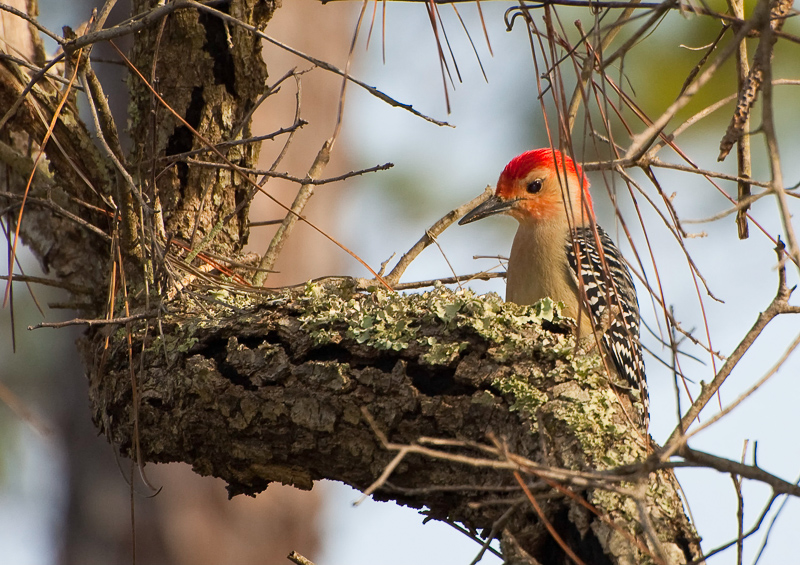
by Rich Leighton | Aug 12, 2018 | Birds, Florida Nature Facts, Florida Nature Photography, Natural History, Nature & Wildlife
With roughly 20 species of native woodpeckers and their sapsucker relatives found across North America, woodpeckers are nature’s loudest headbangers. Woodpeckers slam their beaks against wood with a force 1,000 times that of gravity. That’s 20 times more force...
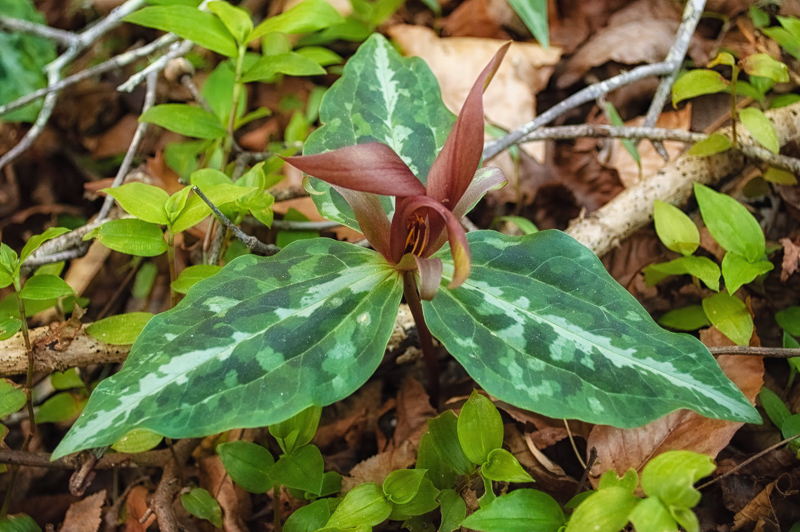
by Rich Leighton | Aug 2, 2018 | Florida Nature Facts, Florida Nature Photography, Melanthiaceae, Natural History, Nature & Wildlife, Wildflowers
Trilliums use ants for seed dispersal. Ants are attracted to the elaiosomes (external “food bodies”) on the seeds and collect them and transport them away from the parent plant. MORE PHOTOS OF TRILLIUMS MORE FLORIDA NATURE FACTS Florida Nature Facts is a...
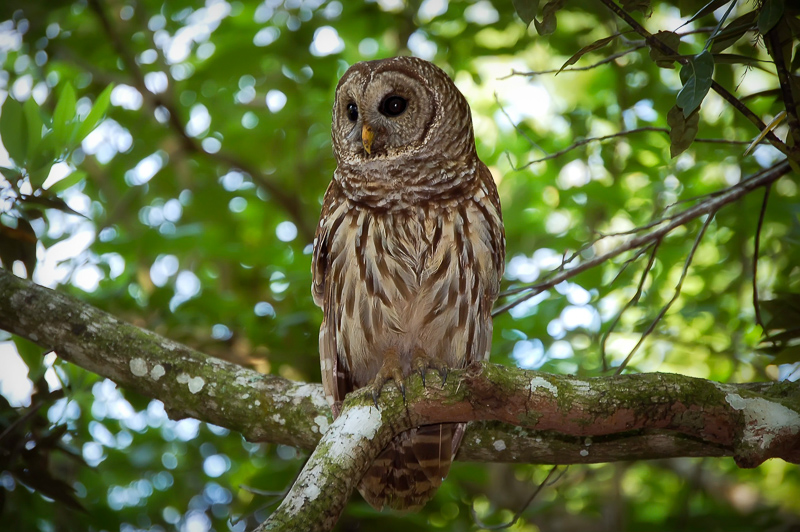
by Rich Leighton | Jul 28, 2018 | Birds, Florida Nature Facts, Florida Nature Photography, Natural History, Nature & Wildlife
Owls don’t have eyeballs. Rather, they’re more like eye tubes. They’re elongated and held in place by “sclerotic rings,” a bony structure in the skull. Because of this, owls can’t really move or roll their eyes. That’s why...
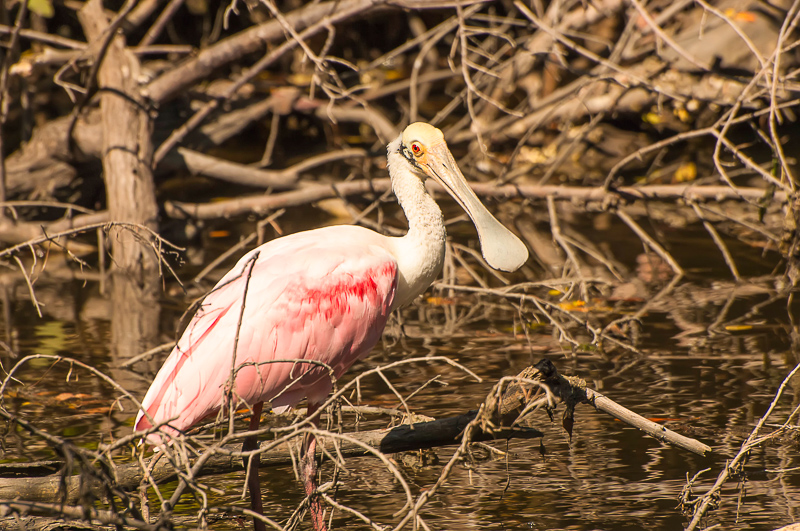
by Rich Leighton | Jul 23, 2018 | Birds, Florida, Florida Nature Facts, Florida Nature Photography, Natural History, Nature & Wildlife
The roseate spoonbill is a beautifully plumed wading bird with a long bill shaped like a spatula. They were almost driven to extinction by plume hunters at the turn of the century. Still rare, but recovering, they can be seen wading in coastal areas. MORE PHOTOS OF...
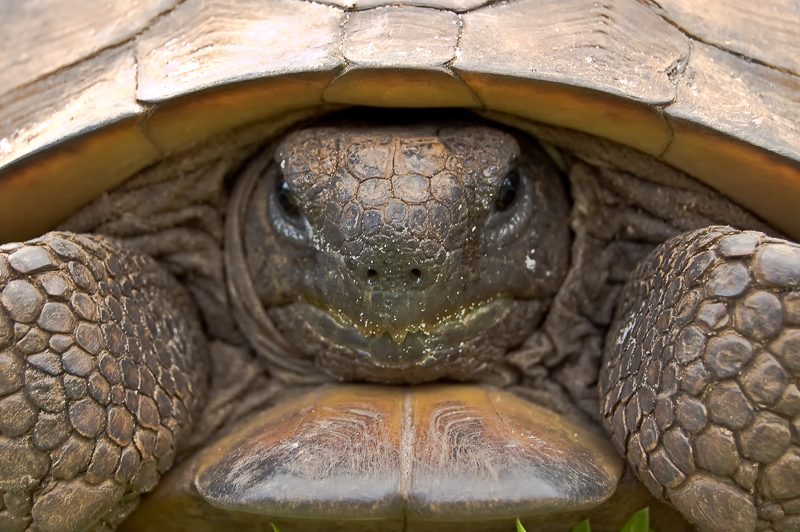
by Rich Leighton | Jul 18, 2018 | Florida, Florida Nature Facts, Florida Nature Photography, Herps, Natural History, Nature & Wildlife, Reptiles
Gopher tortoises build enormous burrows that can be up to 50 feet long and nearly 10 feet deep, and not only just one burrow. Over the area of several acres, it can build many burrows to suit its needs over a lifetime. These tunnels keep it safe from predators, cool...
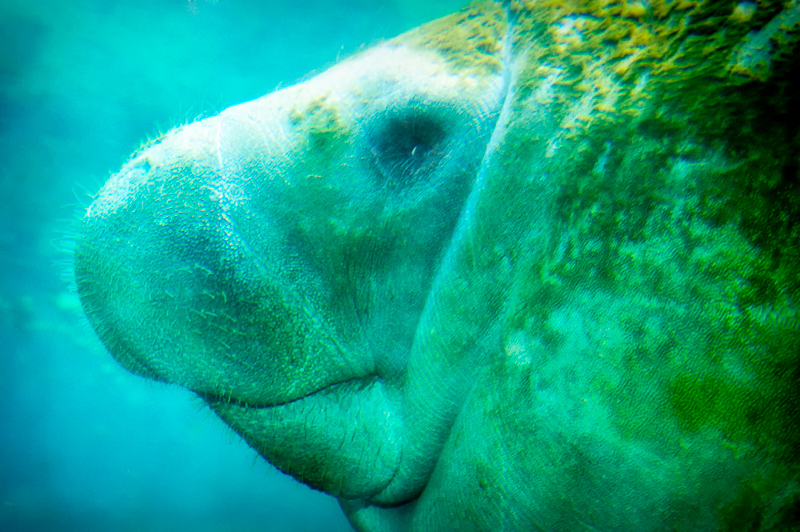
by Rich Leighton | Jun 23, 2018 | Florida, Florida Nature Facts, Florida Nature Photography, Mammals, Natural History, Nature & Wildlife
Adult West Indian manatees have no incisor or canine teeth. Their cheek teeth are continuously replaced throughout life, with new teeth growing in the back as older front teeth fall out. MORE PHOTOS OF MAMMALS MORE FLORIDA NATURE FACTS Florida Nature Facts is a series...








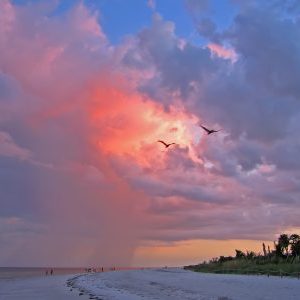
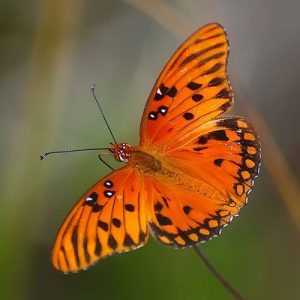
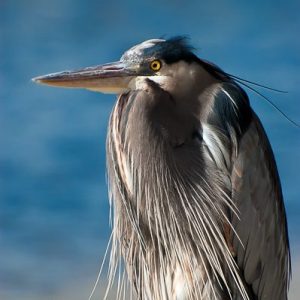
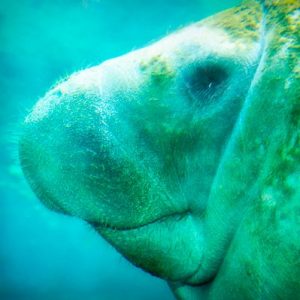
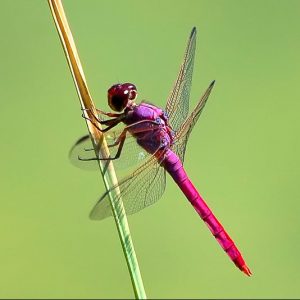
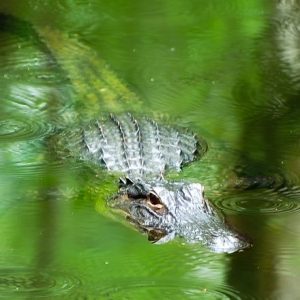
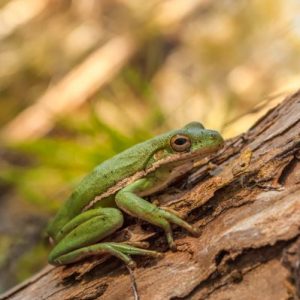
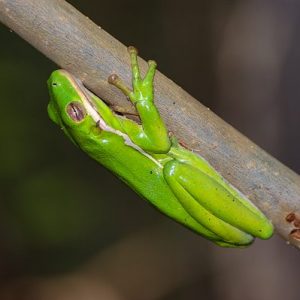
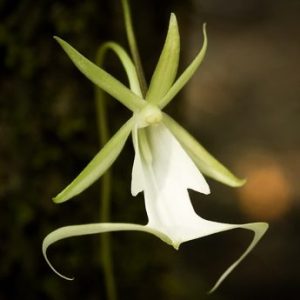


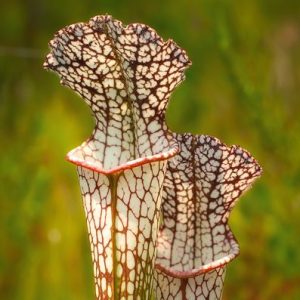
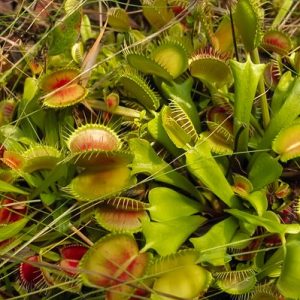
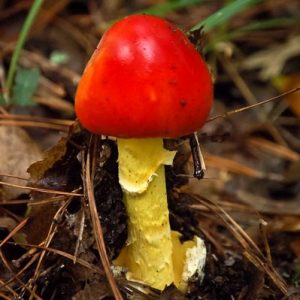
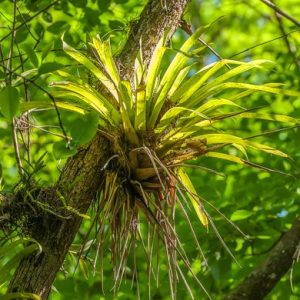
Recent Comments